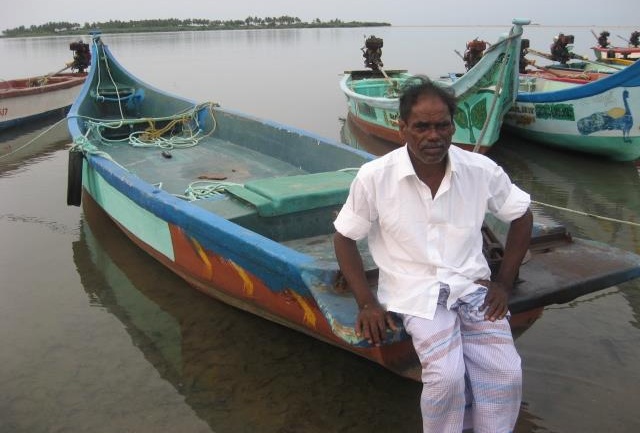As the three month anniversary of the first Nepal earthquake approaches, Habitat for Humanity has started construction on the first permanent homes in the recovery effort.
Farmers, Ranuki and her husband Kansa live in Kavre, one of the hardest hit areas and will be recipients of the first Habitat-built earthquake resilient home.
When the first earthquake hit on April 25, most of the houses in Ranuki’s community were either destroyed or damaged. With no shelter and no where to go, Ranuki shared a tarpaulin with two other families in the days after the earthquake until she was provided with a temporary shelter kit from Habitat for Humanity.
Ranuki considers it a blessing that Habitat for Humanity provided all 93 families in her village with temporary shelter kits. Under the guidance of her eldest son, Simiraj, 27, community members helped built temporary shelter to protect each family from the elements. Families from neighbouring villages even came to see how to construct temporary shelter.
“The monsoon season was one of the biggest problems that we had before Habitat came and distributed temporary shelter kits to the village,” said Ranuki. “Now, with the temporary shelter, we all feel like we have a home where we can be safe and sound when heavy rains start to pour. I feel even more satisfied now, knowing that we will soon have a new permanent house.”
On 8 July, Ranuki and Kansa broke ground for the construction of their new home, the first of more than 30 demonstration permanent houses that Habitat will build as part of the earthquake response. About 30 people, including Habitat staff, volunteers, and some community members who would be receiving permanent houses, witnessed the milestone.

Ranuki and Kansa breaking ground in Nepal
While Ranuki still fears that more earthquakes will hit Nepal she feels secure knowing that she will have a safe and secure home. The lessons of the earthquakes has made Ranuki and her neighbours more aware of the importance of disaster resilient housing.
“I realized that earthquakes don’t kill people,” said Ranuki. “What kills people are the poorly-made structures that they built.”
Ranuki and others in her village ago learned that houses should not be built on a slop, and that the construction of multi-story houses should also be avoided. Pointing to her own two-story house that was damaged in the earthquake Ranuki said, “We spent so much money building that house, and now it sits useless. We need to tell more people, even outside of Nepal, that our focus should be on building earthquake-resilient houses.”

Kansa, Ranuki and Simiraj
Skip to content
Skip to sidebar
Skip to footer


